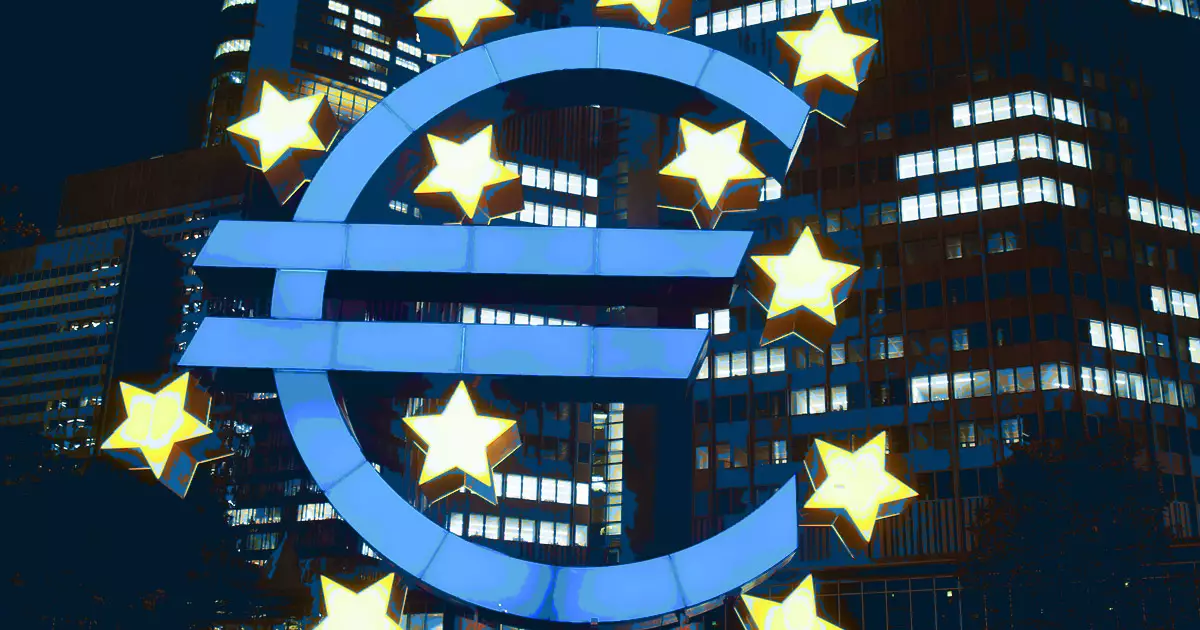In a compelling address at the Bundesbank Symposium on the Future of Payments, Piero Cipollone, a prominent member of the European Central Bank (ECB) Executive Board, shed light on the necessity for Europe to modernize its financial framework through the adoption of digital assets and distributed ledger technology (DLT). His insights come at a crucial juncture when the need to rectify the inefficiencies prevalent within Europe’s financial system is more pressing than ever. Cipollone’s discourse not only critiques the existing fragmented structure but also emphasizes the profound transformative potential that resides in harmonizing regulations and fostering innovation.
The Inefficiencies of Fragmentation
Cipollone correctly illuminates the stark reality of the European financial landscape: it is riddled with fragmentation, boasting an astounding 35 different listing exchanges and 41 trading platforms. This surplus of venues creates complications for investors and issuers alike, leading to inflated intermediation costs and diminished market efficiency. The disparities become even more pronounced when one considers the current inadequacies of integration efforts, such as the TARGET2-Securities platform. Although this initiative seeks to streamline securities settlements across Europe, persistent regulatory barriers and a patchwork of legislative disparities continue to inhibit real progress.
Critically examining this fragmentation, Cipollone highlights a crucial oversight: the absence of unified frameworks concerning asset custody, tax administration, and regulatory oversight. Each country within the EU can adopt divergent standards, which not only complicates cross-border transactions but also undermines European markets’ global competitiveness. As Europe stands at the crossroads of financial evolution, it is imperative to galvanize efforts to cultivate a regulatory environment conducive to a cohesive capital market.
At the heart of Cipollone’s analysis is the concept of tokenization—transforming physical or traditional assets into digital counterparts utilizing DLT. This innovative approach holds the promise of enabling a more efficient market from the very outset, alleviating many of the age-old inefficiencies that have long plagued traditional finance. By leveraging decentralized systems that transcend central databases, tokenization facilitates real-time transactions among a multitude of stakeholders, fundamentally reshaping how financial assets are exchanged.
Cipollone emphasizes that the potential of digital assets extends far beyond mere efficiency—instead, they signify an evolutionary leap in how financial markets operate. Current statistics revealing that over 60% of EU banks are exploring DLT solutions, with 22% actively employing such technologies, demonstrate a growing awareness and willingness to adapt to this change. However, despite these advancements, the full benefits of DLT remain largely unrealized, underscoring the need for concerted action and support from public authorities.
Proposed Solutions for Integration
To catalyze the transition towards a unified digital capital market, Cipollone proposes the establishment of a European ledger. This innovative platform aims to allow digital assets, central bank currencies, and commercial bank money to interact seamlessly within an interoperable system. By fostering such a shared infrastructure, financial entities would be empowered to offer direct services, significantly lowering barriers to entry for market participants and stimulating capital market integration.
Yet, the potential impediments to this vision cannot be overlooked. Cipollone warns that without coordinated efforts, countries and institutions may continue to develop isolated platforms, thus exacerbating existing fragmentation. To avert such a scenario, he advocates for enhanced collaboration among regulators, central banks, and market actors. Only through a unified approach can Europe leverage its collective strengths and solidify its position as a leader in the digital capital market ecosystem.
Piero Cipollone’s address calls for a critical reassessment of Europe’s financial operations through the lens of digital transformation. The journey towards a cohesive capital markets union is fraught with challenges, primarily stemming from fragmentation and regulatory inconsistencies. However, by embracing innovations such as tokenization and DLT, Europe stands on the brink of a financial renaissance. By implementing a unified digital framework that encourages collaboration and eases market entry, Europe can not only enhance its competitive standing on the global stage but also pave the way for a more inclusive financial system. Cipollone’s call to action resonates not just as a plea for modernization but as an essential step towards shaping the future of finance in a rapidly evolving landscape.














Leave a Reply